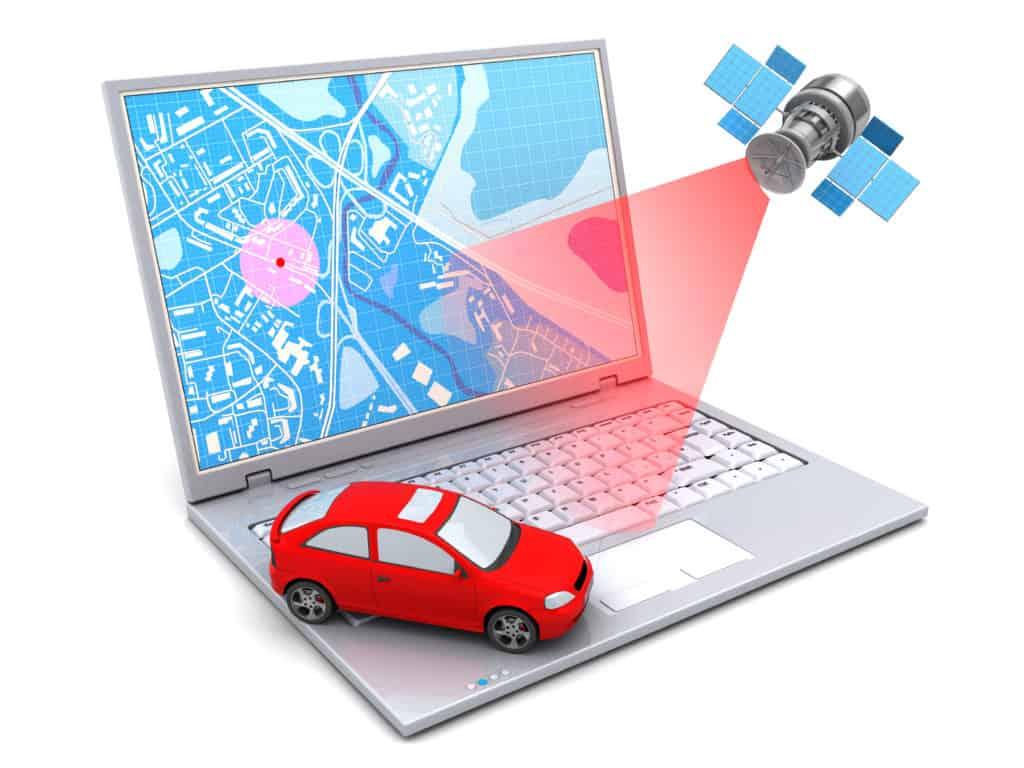The global GPS Tracker Market Size is a direct measure of the massive global investment being made to bring real-time visibility to the world's mobile assets. The size of this market represents the total annual global spending on the entire ecosystem of GPS tracking technology, from the hardware devices to the software platforms and the recurring connectivity services. The market's significant scale is a function of its vast and diverse set of use cases, which span across a huge range of industries and consumer applications. From the tens of millions of commercial vehicles in logistics fleets to the growing number of personal cars, pets, and even people being tracked for safety and security, the sheer number of potential "trackable" entities is what gives the market its substantial and foundational economic scale.
The future scale of this market is projected to be substantial, cementing its position as one of the largest and most pervasive applications of the Internet of Things (IoT). According to detailed industry analysis, the market size is expected to grow to reach a significant valuation of USD 6.5 billion by the year 2032. This growth is not projected to be a temporary spike but a sustained and powerful trend, as evidenced by a healthy compound annual growth rate (CAGR) of 12.8% anticipated between 2024 and 2030. This multi-billion-dollar market size indicates that real-time location tracking is moving from a specialized B2B tool to a ubiquitous capability that is being embedded in an ever-growing number of products and services, driving a massive and sustained wave of spending.
Several key components contribute to the market's large and expanding size. The commercial vehicle telematics segment is the largest and most mature component of the market, representing the massive spending by the global logistics and transportation industries. The consumer segment, while smaller, is the fastest-growing component of the market, with the spending on personal vehicle trackers for anti-theft and on personal safety devices for children and the elderly being major contributors. The market size is also significantly bolstered by a long and growing tail of other commercial use cases, including the tracking of construction equipment, rental assets, and high-value cargo, all of which add to the market's overall scale and diversity.
Looking ahead, the potential for the market size to expand even further is enormous. The current market is largely focused on the tracking of high-value, powered assets. A massive and still largely untapped opportunity for growth exists in the market for tracking a much wider range of low-value or non-powered assets, such as tools, pallets, and individual packages. The development of new, ultra-low-cost, and long-battery-life tracking technologies is the key to unlocking this massive new market, which could potentially be an order of magnitude larger than the current market. This expansion in the scope of what is trackable will be a key driver of the next major phase of growth for the market.
Explore Our Latest Trending Reports:



